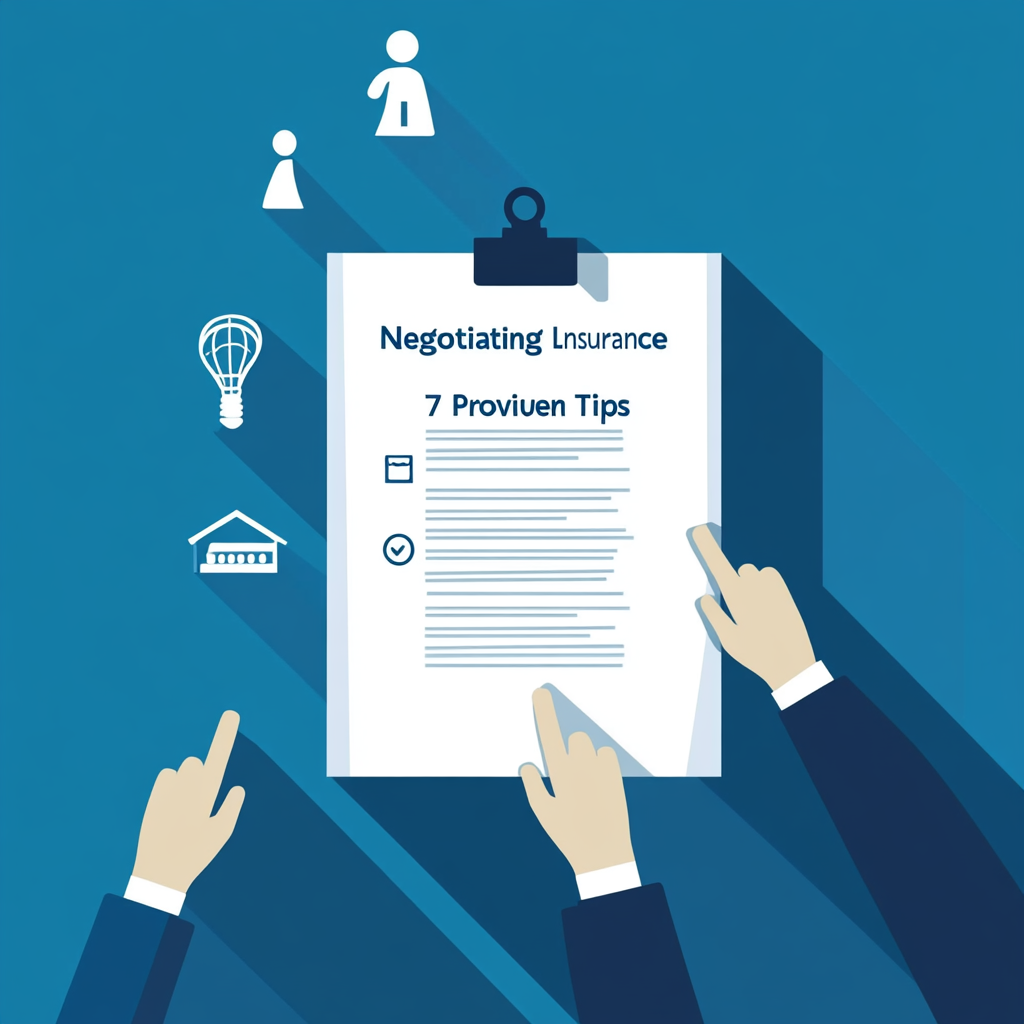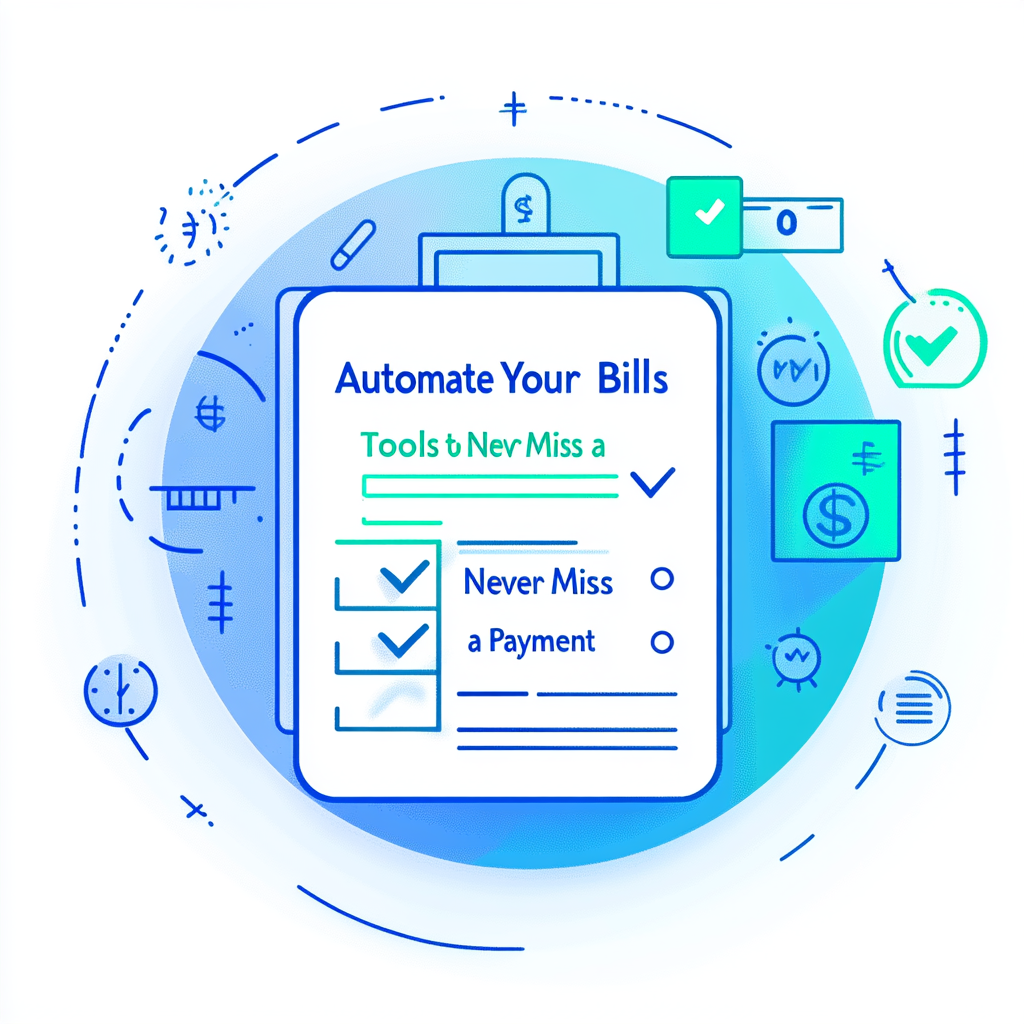1. Introduction
Buying Rental Property Financing and insurance are two pillars that determine whether your investment will thrive or strain your cash flow. The journey from scouring listings to signing closing documents involves choosing the right mortgage product, understanding landlord insurance essentials, and anticipating tax liabilities. In this guide, you’ll discover how to navigate traditional and creative financing methods, compare fixed versus adjustable rates, and secure the proper coverage to protect your asset. Along the way, we’ll link to our Rental ROI Calculator for projecting returns and reference best practices for tenant screening. By the end, you’ll have a comprehensive playbook for Buying Rental Property Financing success—ensuring your property generates steady income with minimized risk.
2. Why Invest in Rental Property? Benefits & Risks
Owning rental property offers the allure of passive cash flow, property appreciation, and tax advantages. Monthly rent payments can cover mortgage, insurance, and maintenance, leaving surplus income in your pocket. Additionally, real estate historically outpaces inflation, building equity over time. Depreciation deductions on your tax return further enhance net returns.
However, risks abound: vacancies, tenant defaults, unexpected repairs, and regulatory changes can erode profits. A prolonged vacancy in a down market could wipe out months of cash flow, while roof leaks or HVAC failures may demand immediate outlays. Local zoning changes or rent-control laws might limit your ability to raise rents. Recognizing these upsides and pitfalls up front lets you plan safeguards—emergency reserves and robust insurance—to handle storms both literal and figurative.
3. Financing Options for Rental Properties
Selecting the right financing is crucial for optimizing cash flow and maximizing leverage.
3.1 Traditional Mortgage Loans
Most investors start with conventional mortgages from banks or credit unions. These loans typically require 20–25% down payment on investment properties and come with higher rates than primary-home loans. Qualification hinges on credit score (often 680+), debt-to-income ratio (max 45–50%), and sufficient reserves (6–12 months of payments). Conventional loans offer fixed rates up to 30 years and low closing costs if you shop around.
3.2 FHA and Government-Backed Loans
While Federal Housing Administration (FHA) loans allow as little as 3.5% down, they require owner-occupancy for at least one year—making them suitable only if you plan to live in one unit of a multi-family property. The Department of Veterans Affairs (VA) and USDA Rural Development loans have similar occupancy requirements and lower rates. These options enable investors to acquire four-unit buildings, living in one unit while renting out the rest to cover your mortgage obligations.
3.3 Portfolio Loans and Private Lenders
Portfolio lenders—regional banks or credit unions—keep loans on their books rather than selling to Fannie Mae or Freddie Mac. They often approve borrowers with multiple properties or lower credit scores, albeit at slightly higher interest rates (typically 5.5–7%). Private lenders—hard-money or private equity funds—offer quick closings with minimal documentation in exchange for double-digit rates and higher fees. Use them sparingly for fix-and-flip conversions or when time is of the essence.
3.4 Creative Financing: Seller Financing & Partnerships
Seller financing allows you to make mortgage payments directly to the seller under negotiated terms—down payment, interest rate, and amortization schedule—bypassing banks entirely. This approach benefits sellers seeking steady income and buyers with non-traditional credit. Partnerships and syndications pool capital from multiple investors; a lead partner manages the property while others contribute equity, sharing profits proportionally. Structuring these deals requires clear operating agreements and legal guidance but can unlock more ambitious acquisitions with lower personal capital outlays.

4. Evaluating Loan Terms & Interest Rates
Not all loans are created equal—understanding rate structures and costs is vital.
4.1 Fixed vs. Adjustable Rates
Fixed-rate loans lock your interest rate for the entire term, offering payment stability even if market rates rise. Adjustable-rate mortgages (ARMs) often start with lower “teaser” rates for 3, 5, or 7 years before adjusting annually based on an index plus margin. ARMs can reduce initial costs but expose you to rate-shock down the road. Use ARMs if you plan to refinance or sell before adjustment periods begin.
4.2 Loan-to-Value Ratios & Down Payments
Loan-to-Value (LTV) is the ratio of your mortgage to the property’s appraised value. Conventional lenders typically cap LTV at 80% (20% down). Lower LTVs yield better rates and avoid Private Mortgage Insurance (PMI). If you can only afford 10% down, expect higher rates and monthly PMI costs. Some portfolio lenders accept up to 85% LTV for experienced investors willing to pay a premium rate.
4.3 Closing Costs, Fees & Points
Closing costs—typically 2–5% of loan amount—include appraisal fees, title insurance, origination fees, underwriting costs, and prepaid interest. “Buying points” (discount points) reduces your rate: one point equals 1% of loan value for a 0.25% rate reduction. Calculate your break-even point (the time to recoup point costs through lower payments) before paying points. Negotiate lender fees and compare Loan Estimates from at least three providers to minimize expenses.
5. Insurance Considerations for Landlords
Protecting your investment against liability and property damage is non-negotiable.
5.1 Landlord Insurance Essentials
Standard homeowner’s policies don’t cover rentals. Landlord insurance typically includes property damage from fire, wind, or vandalism, plus liability coverage if tenants or visitors are injured on the premises. Rental policies often exclude flood and earthquake—add separate riders if your location requires it. Deductibles range $500–$2,500; choose one that balances premium savings and out-of-pocket risk.
5.2 Liability Coverage & Umbrella Policies
Liability claims—slip-and-falls or tenant disputes—can exceed standard policy limits. Umbrella policies add $1–$5 million in excess liability coverage across all properties and your personal assets. Cost is modest—often $200–$400/year—but provides vital protection against catastrophic lawsuits.
5.3 Building & Contents Protection
Landlord policies cover the building’s structure and sometimes provide limited coverage for appliances or furnishings you supply. If you furnish a rental, ensure “contents for landlord use” coverage covers those items. For vacant properties between tenants, a “vacancy permit” may allow limited coverage at lower rates.

6. Tax & Legal Implications
Understanding tax code and local regulations preserves profits and avoids penalties.
6.1 Depreciation & Cost Recovery
The IRS allows residential property to be depreciated over 27.5 years. Depreciation—an annual non-cash expense—reduces taxable income, shielding rental profits from taxes. Keep detailed records of purchase price, land value (non-depreciable), and capital improvements (depreciable over shorter schedules).
6.2 1031 Exchanges & Capital Gains
When selling a rental, a 1031 exchange lets you defer capital gains taxes by reinvesting proceeds into a “like-kind” property within strict timeframes (45-day identification, 180-day closing). Properly structured exchanges require qualified intermediaries and meticulous documentation.
6.3 Zoning, Licensing & Local Ordinances
Local laws govern rental permits, building codes, and safety inspections. Some municipalities require annual rental licenses, background checks, or landlord insurance minimums. Non-compliance can result in fines or forced eviction of tenants. Consult with a local real estate attorney or property management firm to ensure adherence.
7. Risk Management Strategies
Proactive measures reduce vacancies, legal disputes, and surprise expenses.
7.1 Tenant Screening & Lease Agreements
Rigorous background checks—credit, criminal, eviction histories—help select reliable tenants. Standardized lease agreements should include clauses on rent due dates, late fees, security deposits, maintenance responsibilities, and eviction procedures. Clear rules and documentation minimize disputes and legal costs.
7.2 Preventive Maintenance & Inspections
Regular property inspections—quarterly or biannually—catch small issues (leaks, mold) before they escalate. Establish a network of vetted contractors for plumbing, electrical, and HVAC work. Use maintenance software to track service requests, costs, and follow-up dates.
7.3 Emergency Funds & Reserve Planning
Maintain a reserve equal to 3–6 months of mortgage and operating expenses in a liquid account. This “rainy day” fund covers unexpected repairs, extended vacancies, or temporary rent losses. Pair reserves with insurance deductibles you can afford to pay without tapping personal savings.

8. Tools & Resources
8.1 Internal Resource: Rental ROI Calculator
Project your return on investment with our Rental ROI Calculator, which factors in purchase price, financing costs, expected rent, vacancy rates, and operating expenses to estimate cash-on-cash return and cap rate.
8.2 External Guide: Investopedia on Landlord Insurance
For an authoritative overview of landlord insurance coverages and policy options, see Investopedia’s “Landlord Insurance” guide: https://www.investopedia.com/terms/l/landlord-insurance.asp
8.3 Video Tutorial for Financing Tips
Watch “Rental Property Financing Tips for Beginners” on YouTube to see real-time examples of loan calculators, LTV analysis, and negotiation scripts:
https://www.youtube.com/watch?v=Yn6UL6I0pWk
If you’d like even more hands-on support—complete with real-world negotiation scripts, budget templates, and personalized coaching—to secure the best financing and insurance deals for your next rental property, you might find this course invaluable: Unlock Your Path to Debt Freedom. It’s helped countless investors feel confident and prepared at every step of their real estate journey, and it could be the extra edge you need to turn these tips into tangible results.
9. Sustainability and Green Financing Options
9.1 Energy Efficient Mortgages (EEMs)
Energy Efficient Mortgages allow you to finance qualifying green improvements—solar panels, high-efficiency HVAC systems, upgraded insulation—into your loan at competitive rates. FHA’s EEM program and similar offerings from Fannie Mae/Freddie Mac calculate additional borrowing limits based on projected energy savings. By rolling project costs into your mortgage, you avoid large upfront expenses while increasing property value and lowering utility bills by an average of 15–25%. Before applying, obtain energy audit reports to document anticipated savings and ensure your lender accepts the recommended upgrades.
9.2 Federal and State Incentives
Numerous tax credits and rebates offset green upgrade costs. The federal Residential Clean Energy Credit covers up to 30% of equipment and installation expenses for solar, wind, and geothermal systems. State and local programs—such as property tax abatements for energy improvements—further reduce your net investment. Research DSIRE’s database of incentives to identify programs in your area. Coordinating financing with incentives maximizes return by lowering both capital outlay and long-term operating expenses.
9.3 Implementation and ROI Tracking
After financing energy upgrades, track performance using submetering or utility data to verify savings. Compare actual utility bills against baseline usage to measure return on investment. Maintain logs of maintenance and energy production (for solar), which strengthen future refinancing or sale negotiations. Accurate records also support investor reporting if you syndicate or partner on your property portfolio.
10. Scaling Strategies and Exit Planning
10.1 The BRRRR Method for Portfolio Growth
The BRRRR strategy—Buy, Rehab, Rent, Refinance, Repeat—lets you recycle capital quickly. After acquiring and renovating a property, lease it at market rates, then refinance at its new appraised value to pull out equity. That capital funds your next purchase, accelerating portfolio expansion. Use our Rental ROI Calculator to model each cycle’s cash-on-cash return and ensure refinance proceeds cover loan paydown and reserves.
10.2 Executing 1031 Exchanges
A properly structured 1031 exchange defers capital gains taxes when you sell a rental property by reinvesting proceeds into a “like-kind” property within IRS timeframes (45-day identification period, 180-day closing). Engage a qualified intermediary to hold sale proceeds, identify replacement properties in writing, and complete transactions per IRS rules. This tax deferral compounds wealth by keeping more capital working in real estate.
10.3 Forming Partnerships and Syndications
Combining resources with other investors allows acquisition of larger or more lucrative properties. In a limited partnership or syndication, the lead (general partner) manages operations, while passive investors (limited partners) contribute equity. Draft clear operating agreements detailing profit distributions, management fees, and exit conditions. Syndications can access institutional-grade assets—like multi-family complexes—while spreading risk and leveraging collective buying power.
11. Conclusion
Buying Rental Property Financing and insurance planning go hand in hand: the right loan structures maximize leverage, while tailored coverage shields your asset and income. By exploring conventional, government-backed, and creative financing options; carefully evaluating loan terms; securing comprehensive landlord insurance; integrating sustainability incentives; and deploying scaling strategies like BRRRR and 1031 exchanges, you build a resilient real estate portfolio. Combine rigorous tenant screening, preventive maintenance, and dedicated reserves to manage risks, and use our recommended tools—such as the Rental ROI Calculator—to track performance. With these comprehensive tips, you’re well-equipped to turn rental real estate into a sustainable, growth-oriented investment.
12. Frequently Asked Questions (FAQ)
Q1: What are the primary Buying Rental Property Financing considerations?
A1: Focus on down payment requirements (typically 20–25% for investment properties), loan-to-value ratios, interest rate types (fixed vs. adjustable), and reserve requirements (6–12 months of payments).
Q2: How do Energy Efficient Mortgages work?
A2: EEMs allow you to finance qualifying energy upgrades into your mortgage at competitive rates, leveraging projected utility savings to justify added borrowing.
Q3: What is the BRRRR method?
A3: Buy, Rehab, Rent, Refinance, Repeat—a strategy that recycles capital by pulling out equity after renovations and renting to fund subsequent acquisitions.
Q4: Can I defer capital gains with a 1031 exchange on a small duplex?
A4: Yes—if you meet IRS strict identification and closing deadlines, you can defer taxes by reinvesting into a like-kind property of equal or greater value.
Q5: Do I need an umbrella policy for one rental unit?
A5: If your liability exposure exceeds your primary landlord policy limits or you have significant personal assets at risk, adding a $1–$5 million umbrella policy is highly recommended.



